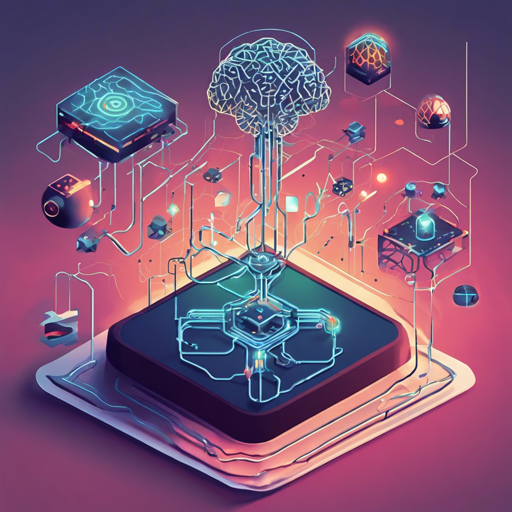In the exciting world of AI and gaming, Deep Reinforcement Learning (DRL) stands out as a powerful technique to create intelligent game agents that learn by experience. In this article, we’ll delve into a minimal yet effective implementation of Deep Q-Learning (DQN) using the Keras library and OpenAI Gym.
What is Deep Q-Learning?
Deep Q-Learning is an algorithm that combines Q-Learning with deep neural networks to allow machines to make decisions in complex environments. Imagine training a dog to fetch a ball; each time the dog brings the ball back, it receives a treat (reward). Over time, the dog learns what actions yield the highest rewards. Similarly, DQN learns effective strategies by maximizing rewards from its actions in a game.
Key Features of Our Implementation
- Minimal and simple code snippet of under 100 lines.
- Utilizes Keras for handling the neural network.
- Implements Gym for creating the environment.
- Enhanced with memory management using deque.
- Convenient load and save functions for the model.
Understanding the Code
Although the implementation is minimal, it’s packed with significant functionalities. Here’s a helpful analogy to grasp the workflow:
Think of the DQN as a smart apprentice chef in a busy restaurant kitchen:
- The environment is the kitchen, filled with various ingredients (states).
- The actions are the chef’s decisions on what dish to prepare (actions).
- The reward is the feedback from customers (goal) based on the dishes served.
- The neural network is the chef’s training manual that improves over time as new recipes are learned.
- The memory (deque) serves as the notes where the chef records past successes and failures to remember what works best.
With every service, the apprentice gets better and improves the dishes based on previous experiences, ultimately enhancing customer satisfaction.
Enhancements and Tweaks
In this implementation, I made some minor tweaks:
- Converted the memory storage from a simple list to a deque. This means we can limit the maximum number of elements in memory, keeping only the relevant past experiences.
- Added load and save functions for convenience, making it easier to manage the model’s state between training sessions.
Troubleshooting Tips
While working with DQN, you might encounter some challenges:
- If you find your training unstable, consider revising your learning rate or exploring more advanced techniques.
- Check that your environment settings are correctly configured to avoid discrepancies in training effectiveness.
- For more insights, updates, or to collaborate on AI development projects, stay connected with fxis.ai.
Looking Ahead
The current implementation may require improvements, especially regarding stability. To address these issues, I plan to introduce Double Deep Q-Learning (DDQN) in the next article. Stay tuned!
At fxis.ai, we believe that such advancements are crucial for the future of AI, as they enable more comprehensive and effective solutions. Our team is continually exploring new methodologies to push the envelope in artificial intelligence, ensuring that our clients benefit from the latest technological innovations.

